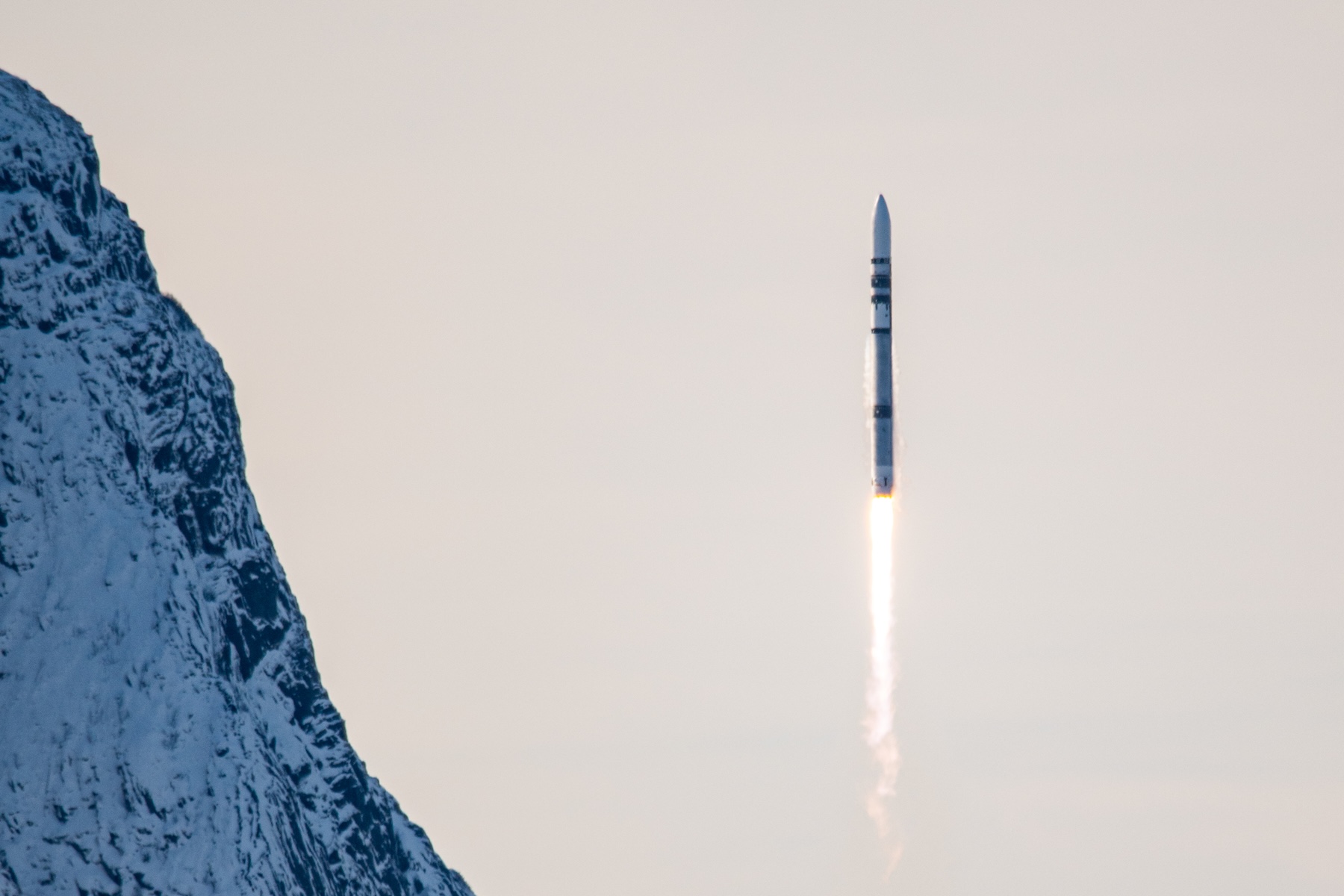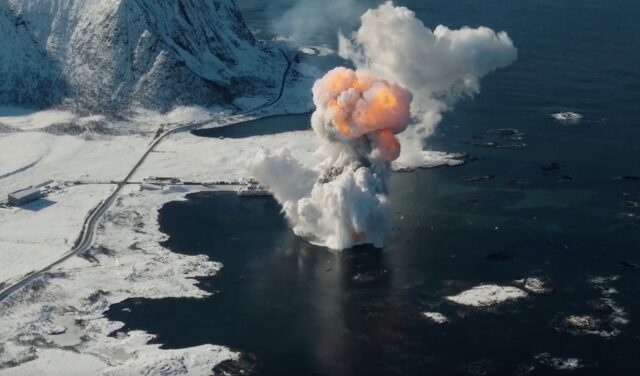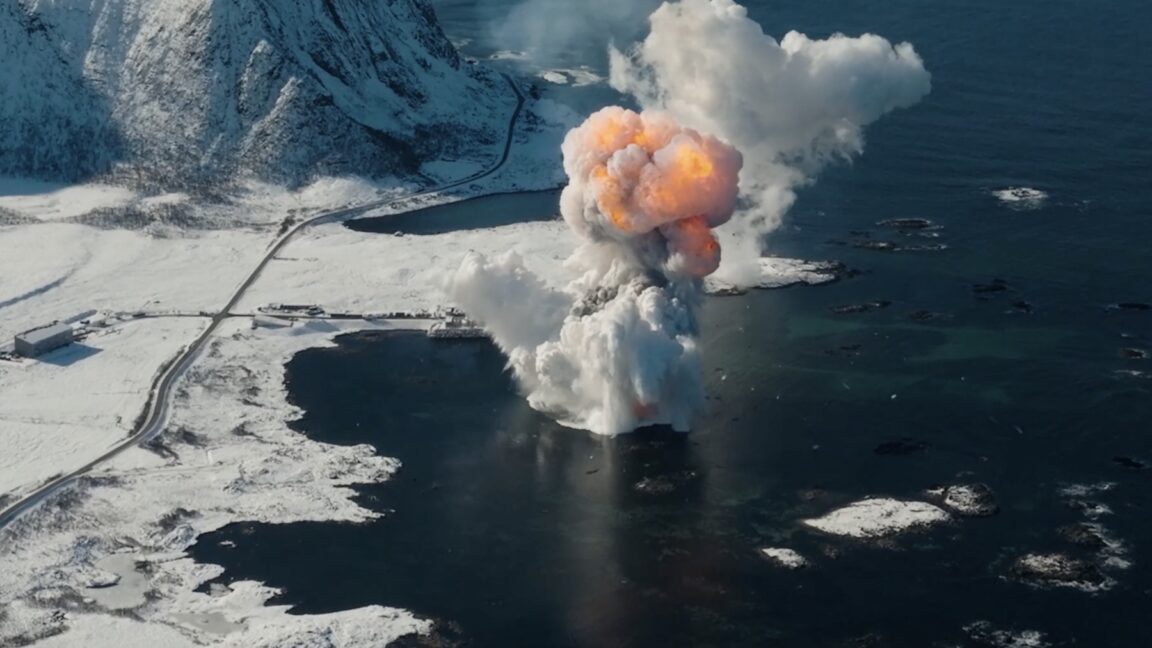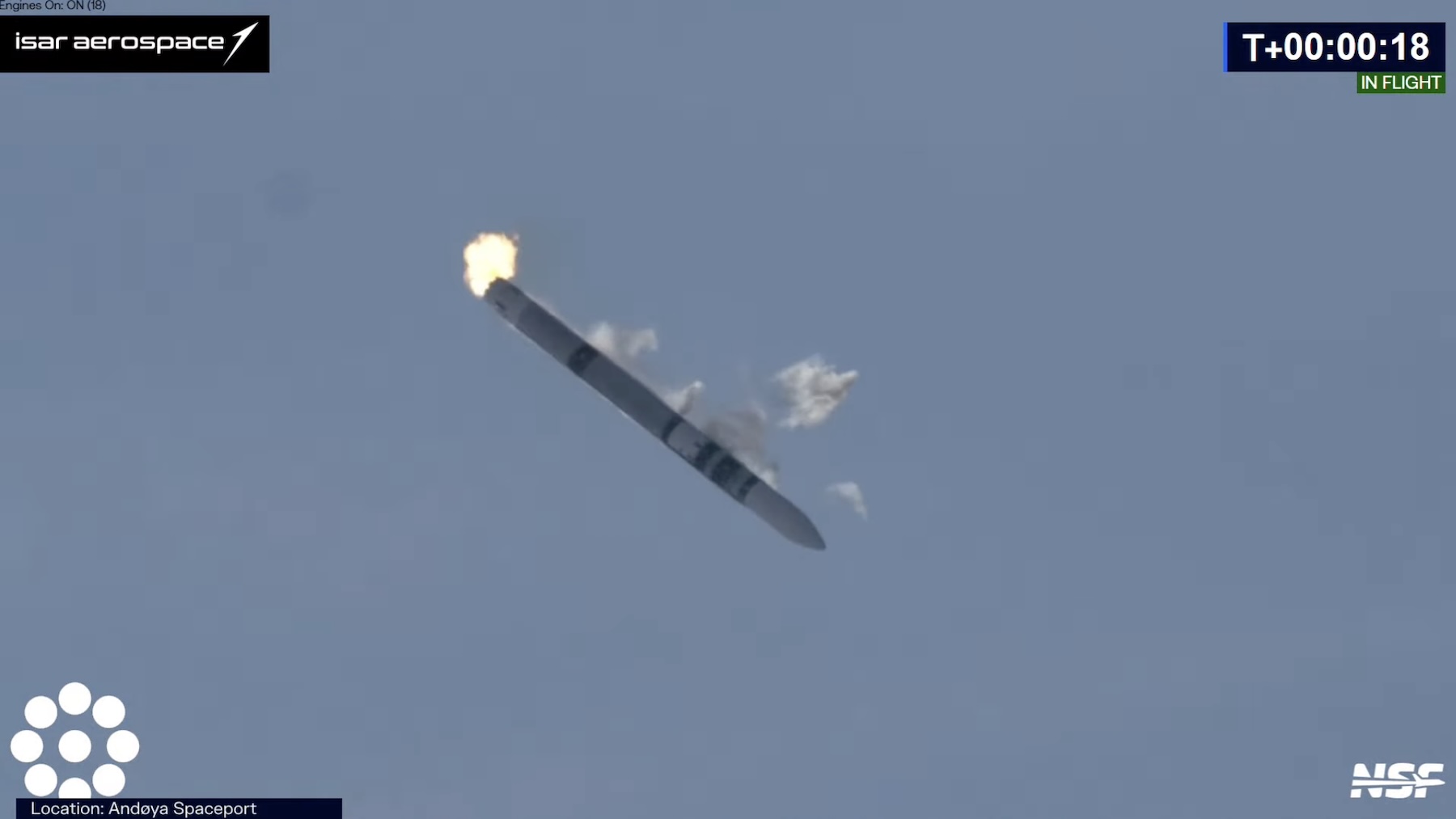The first flight of Isar Aerospace's Spectrum rocket didn't last long on Sunday. The booster's nine engines switched off as the rocket cartwheeled upside-down and fell a short distance from its Arctic launch pad in Norway, punctuating the abbreviated test flight with a spectacular fiery crash into the sea.
If officials at Isar Aerospace were able to pick the outcome of their first test flight, it wouldn't be this. However, the result has precedent. The first launch of SpaceX's Falcon 1 rocket in 2006 ended in similar fashion.
"Today, we know twice as much about our launch system as yesterday before launch," Daniel Metzler, Isar's co-founder and CEO, wrote on X early Monday. "Can't beat flight testing. Ploughing through lots of data now."
Isar Aerospace, based in Germany, is the first in a crop of new European rocket companies to attempt an orbital launch. If all went according to plan, Isar's Spectrum rocket would have arced to the north from Andøya Spaceport in Norway and reached a polar orbit.
But officials knew there was only a low chance of reaching orbit on the first flight. For this reason, Isar did not fly any customer payloads on the Spectrum rocket, designed to deliver up to 2,200 pounds (1,000 kilograms) of payload mass to low-Earth orbit.

Duck and cover
The launch began with liftoff from Andøya Spaceport at 12:30 pm local time (6:30 am EDT, or 10:30 UTC). The rocket's nine engines, burning a mix of liquid propane and liquid oxygen, throttled up to generate more than 150,000 pounds (675 kilonewtons) of thrust as Spectrum began a vertical climb from the launch pad.
The first visual sign of trouble appeared about 15 seconds later as the 92-foot-tall (28-meter) rocket started to wobble on its axis. The exhaust plume from Spectrum's main engines also appeared to oscillate, suggesting that the rocket's steering system was trying to keep it on track.
After a brief struggle, the rocket lost control and somersaulted, the engines shut down, and the vehicle fell into the sea about 40 seconds after launch. With its propellant tanks nearly full, the rocket's impact created a brilliant fireball and mushroom cloud over the craggy snow-covered landscape of Andøya, which means "island of the ducks" in Norwegian.





 Loading comments...
Loading comments...
